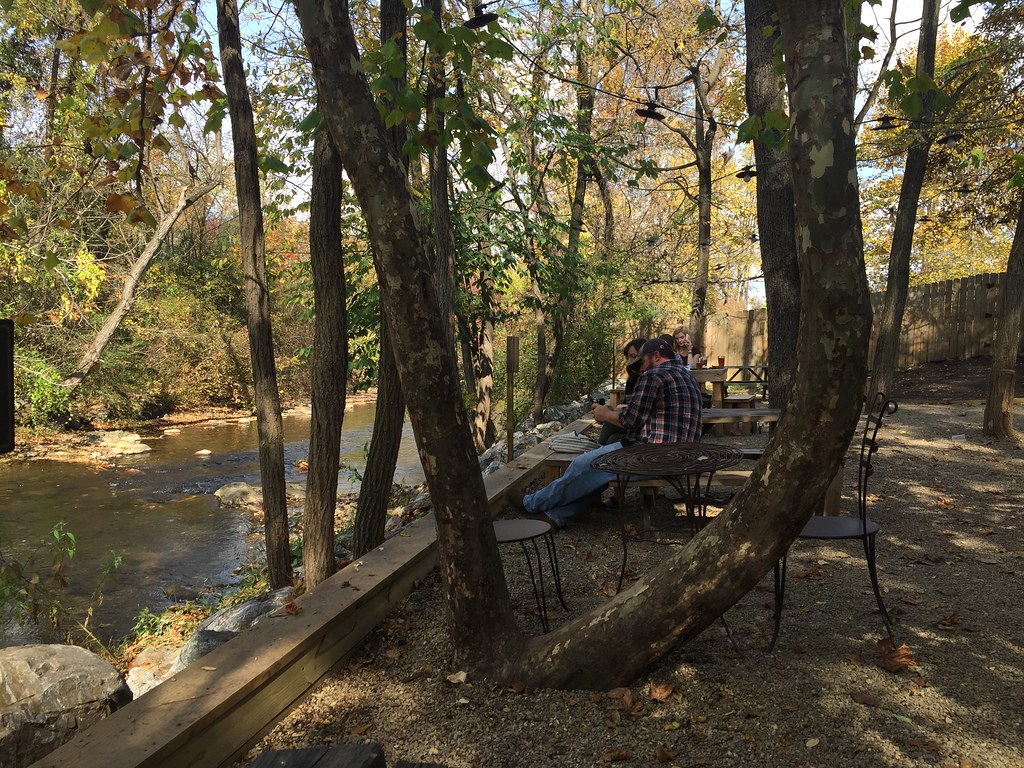This post has been sponsored by Enterprise CarShare.
There’s a McDonalds at the edge of the Gettysburg battlefield, visible from the high water mark of the Confederacy, where Pickett’s charge crashed against Union troops on Cemetery Ridge. The rebels got this far but none further, their invasion of the North coming to an end.
And, past the green fields, golden arches, a reminder that this momentous battle took place on some very familiar territory. It didn’t happen in history books, it happened across a Mid-Atlantic landscape of farms and towns that General Lee would recognize today.
The battlefield sprawls over a vast territory – hills, forests, corn fields, peach orchards – and is cut into pie slices by roads that converge upon the town of Gettysburg. Turnpikes drew the Confederates from the west and Federals from the east, pulled into a three-day slug fest of cannon and rifle.
It’s fitting that a road tour is the best way to experience Gettysburg. After visiting a very modern museum that puts the battle in its Civil War context, the auto tour takes you to the action, leading you in chronological order around the battlefield, from the first skirmishes on the edge of town to the bloody struggles for the high ground. The way is dotted with historic landmarks erected by the states to honor their sacred dead.
Being there gives you a three-dimensional perspective to the battle. Standing on Little Round Top, you can see, as Brigadier General Gouverneur Kemble Warren did, that this was the key spot that dominated that battlefield, a steep and virtually unassailable hill on the Union left flank. His prompt action in fortifying the hill saved the Union army from defeat.
The auto tour leads you back to the town of Gettysburg, roads radiating out from it like spokes on a wheel, returning you to an imperfect America, McDonalds and all, still striving to live up to the words of Lincoln:
It is for us the living, rather, to be dedicated here to the unfinished work which they who fought here have thus far so nobly advanced.



